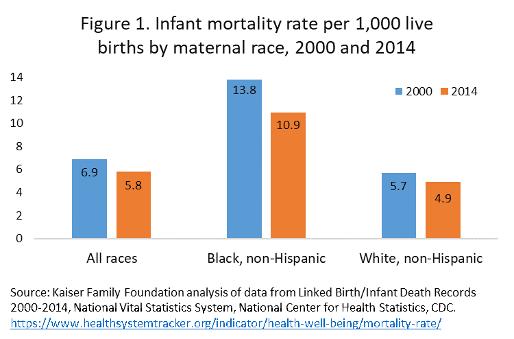
3 minute read
Structural racism as a fundamental cause of health inequities in Delaware and beyond: What does the evidence say?
from Delaware Journal of Public Health - Racism and Health
by Delaware Academy of Medicine and the Delaware Public Health Association
Cassandra Codes-Johnson, M.P.A.
Associate Deputy Director, Division of Public Health, Delaware Department of Health and Social Services
INTRODUCTION
Health inequities are described as differences in health among different groups of people. These are well documented, persistent, and even increasing for some health conditions across the U.S., including in Delaware (DE). Health inequities may be viewed in the context of race, gender, sexual orientation, income, education level, disability status, or geographic location, among others. Further, when it comes to health, the oppressions associated with each of these statuses can yield compounding negative health effects based on their identity or class (e.g., “female” and “immigrant”). Because these are socially constructed categories related to social hierarchy, and related differences in health do not derive from biology or genetics, experts consider such health differences to be socially produced. As such, we can conclude that “health inequities are not only unnecessary and avoidable, but in addition, are considered unfair and unjust.”1
People of color in the U.S. experience some of the most pervasive and persistent heath inequities in our country. While it is important to recognize, examine and address health inequities that exist across various racial and ethnic groups, including Native people, Latinxs, and others, the historical context of slavery and persistent oppression among Black individuals in the U.S. warrants particular focus. This paper highlights the magnitude of health inequities experienced by Blacks in the U.S. and in Delaware. It defines structural racism, and provides an overview of the scientific literature regarding the role of structural racism in creating and perpetuating racial health inequities, with a particular focus on residential segregation, mass incarceration and implicit bias within the healthcare system. Much of its content is drawn from a policy brief, titled Structural Racism as a Fundamental Cause of Health Inequities2 produced jointly by the Division of Public Health, Delaware Department of Health and Social Services (DHSS) and the University of Delaware, Partnership for Healthy Communities; and the Health Equity Guide for Public Health Practitioners and Partners3 published by the Division of Public Health, DHSS. MAGNITUDE OF RACIAL HEALTH INEQUITIES Life expectancy and infant mortality are two of the biggest indicators considered in evaluating the overall health of a population. Using those two factors as a snapshot, one can get a sense of the magnitude of health inequities experienced by Black individuals in the U.S. Figure 1 highlights that while infant mortality rates have fallen among all racial and ethnic groups since 2000, the gap between groups persists, with Black, nonHispanic women experiencing an infant mortality rate of 10.9 deaths per 1000 live births in 2014, compared with a rate of 4.9 per 1000 among White, non-Hispanic women. Another way to look at the inequity in infant mortality is to examine the ratio of infant deaths across racial groups. Figure 2 highlights how this ratio (i.e. Black infant mortality divided by White infant mortality) has changed over the past 80 years. As seen in this figure, the Black-White infant mortality ratio reached a low of approximately 1.5 in 1948 and stayed below 2.0 prior to the mid-1980s, when it began to climb steadily until reaching a peak over 2.5 in 2000. This Black-White ratio has remained well above 2.0 in recent years and the most recent data from the Centers for Disease Control and Prevention indicate that the infant mortality rate for Black mothers is 2.3 times that of White mothers in the U.S. Health inequities experienced by Black individuals in the U.S. can also be seen in terms of life expectancy. Despite recent progress, especially among Black males, the gap in life expectancy between Blacks and Whites was still 3.4 years in 2015.4 Further, a recent analysis of health status and outcome measures across different racial and ethnic groups found that Blacks fared worse than Whites on 24
Figure 2. Infant mortality rate by race, US, 1935-2015







